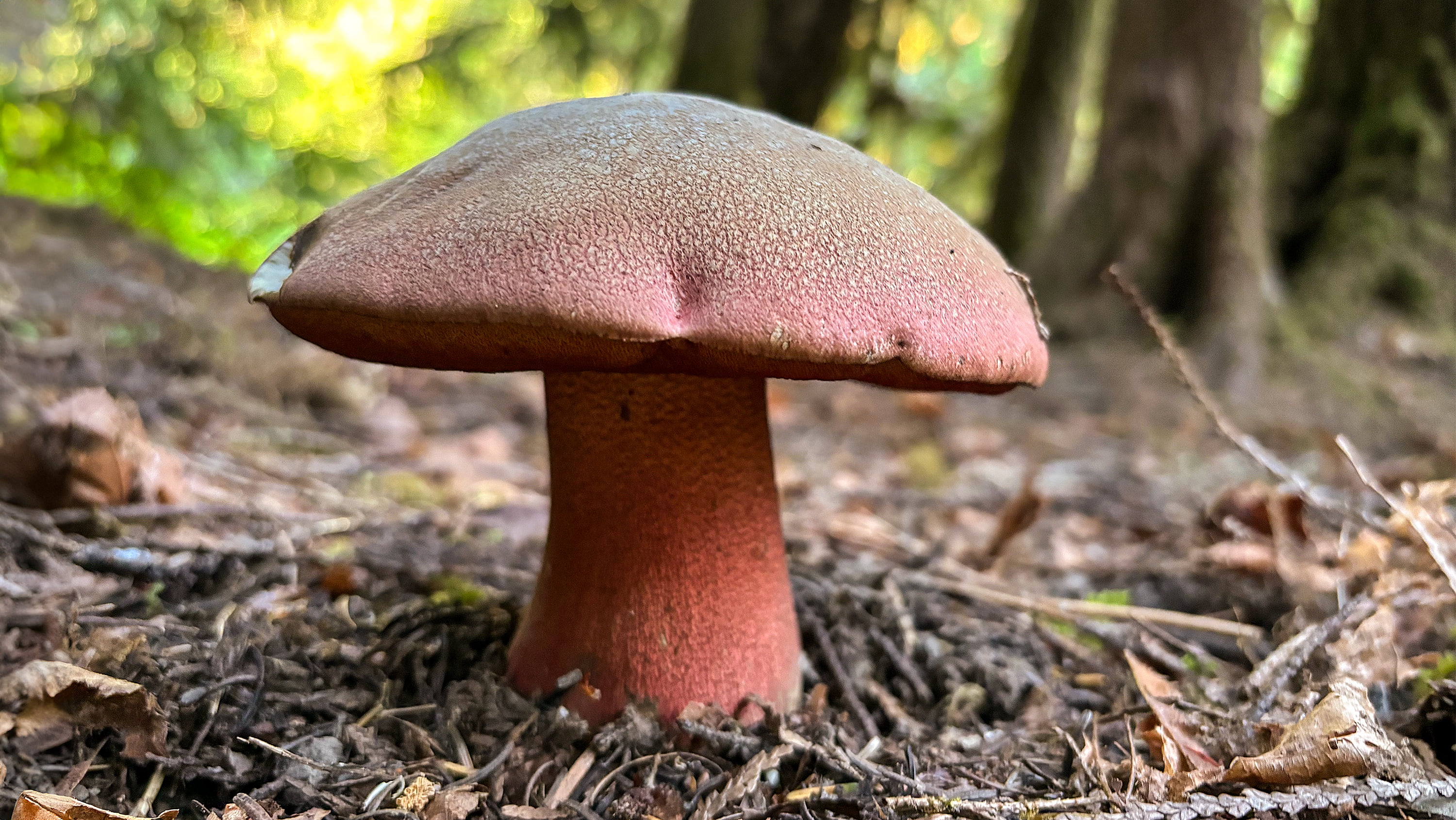Every year, plants move 3.58 gigatons of carbon to mycorrhizal fungi, their underground partners — enough, in fact, that if it were ice, it would cover 112 million NHL hockey rinks. However, a dominant scientific theory explaining that huge transfer as an economic market of sorts is likely incorrect, according to a new paper by a group of experts including a University of Alberta researcher.
According to the market perspective, carbon is traded for nutrients delivered by the fungi — an exchange of resources between partners, governed by economic principles.
However, the new research suggests rethinking how these environmentally important systems work.
“There’s an assumption among many researchers that the exchange of carbon for nutrients is directly coupled, and that the amounts transferred are based on market economics. Markets are human constructs that don’t seem to apply here,” says Justine Karst, associate professor in the U of A’s Faculty of Agricultural, Life & Environmental Sciences and a co-author on the paper.
“We found no evidence of trade.”
Misapplying economic models hampers understanding of mycorrhizas — mutual relationships between plants and underground fungi — which in turn can lessen our ability to fully understand how the fungi function, including their roles in plant growth and carbon sequestration, she warns.
“This economic analogy may have closed our eyes to other possibilities for the function of mycorrhizas.”
In mycorrhizas, resources travel in opposite directions; mycorrhizal fungi receive carbon, in the form of lipids and sugars, while plants receive nutrients such as phosphorus and nitrogen.
This flow of resources has commonly been framed through what are known as biological market models, as a way to understand how mycorrhizas maintain this mutual relationship over eons, Karst says.
At the other extreme is a recent alternative theory, called the “Surplus C” hypothesis, that suggests plants often produce more sugars than can be used for growth and that mycorrhizal fungi are a sink that receives this surplus carbon.
“This means that how much carbon is transferred to a fungus is independent of nutrient delivery to the plant.”
After reviewing and analyzing evidence from an extensive range of scientific studies, Karst and her co-authors did not find strong support for biological market models.
“We found no empirical evidence of direct regulation, and reject the idea that ‘prices’— the number of units of carbon per unit of nutrient — regulate carbon transfer to fungi. Instead, we found more support for the theory that carbon is drawn to the strongest sink — namely mycorrhizal fungi.”
Along with that, their review indicated that mycorrhizal plant growth was linked to nutrient uptake rather than carbon transfer, meaning that it is not the amount of carbon transferred to mycorrhizal fungi that reduces plant growth, but it is the amount of nutrients delivered — or not delivered — by the fungus. In this sense, the carbon transferred to mycorrhizal fungi is not costly to the plant.
Collectively, the findings are more consistent with the Surplus C theory than with market models, the researchers conclude.
The observations highlight the importance of looking past the limitations of economic models to learn more about key interactions between plants and mycorrhizal fungi that could, for example, potentially benefit the environment, Karst adds.
“A substantial amount of carbon flows from plants to fungi and fungi are a large pool of soil carbon, so there’s a need to understand how this flow works to leverage it in sequestering that carbon.”
Their review revealed a need for further research to more closely explore foundational questions about what determines the transfer of carbon from plants to mycorrhizal fungi, and how to fully measure its carbon sink strength, Karst notes.
And while a mechanism that directly links carbon and nutrient transfer could one day be uncovered, until then, the researchers “urge caution” in characterizing the relationship in economic terms, she adds.
“The idea of markets is familiar to us, but the inner workings of mycorrhizas are not, so we need to stay open to other ways of understanding how these systems work.”


